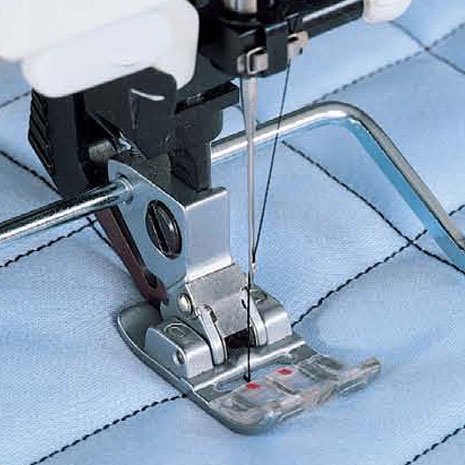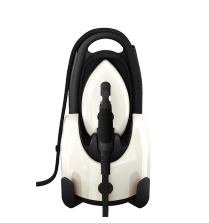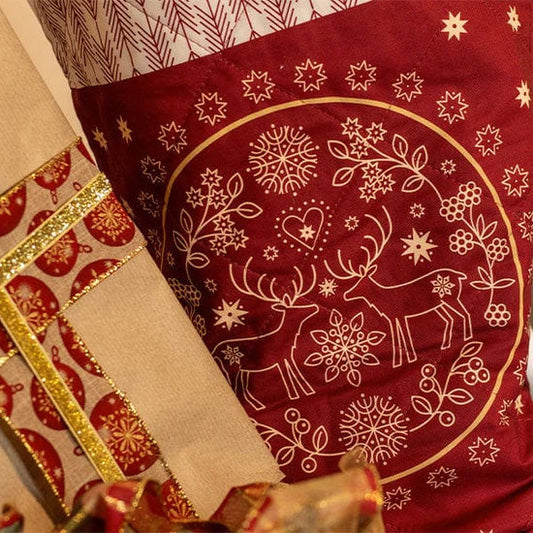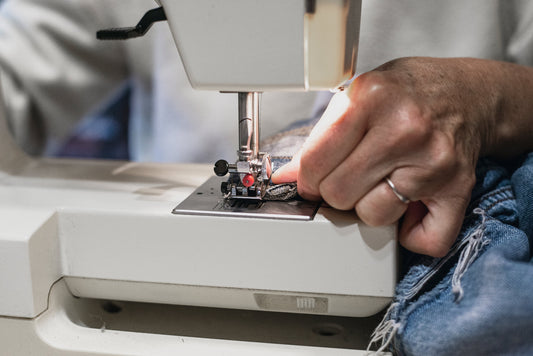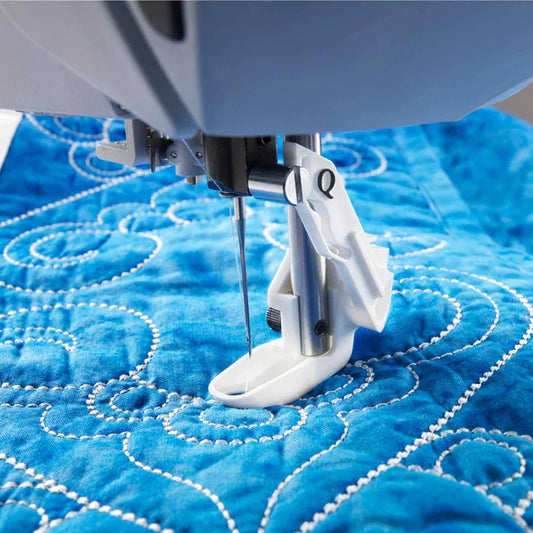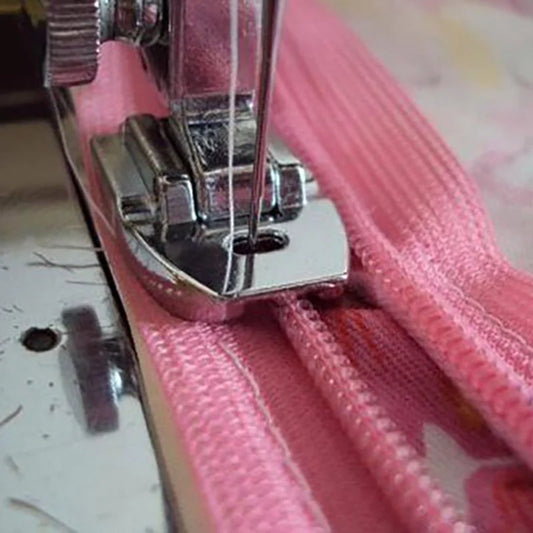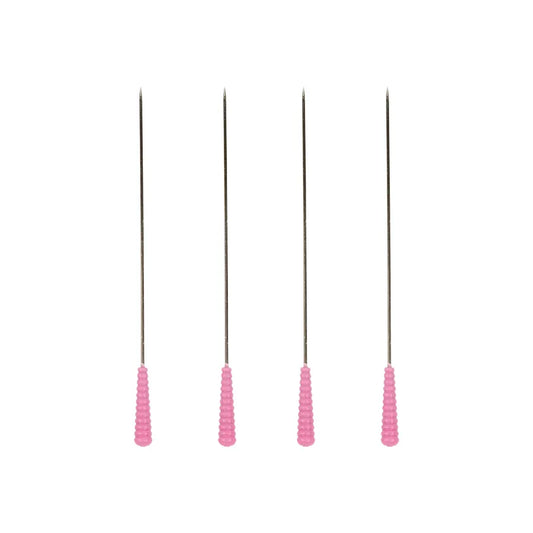Do you love sewing and want to dig into quilting, but you're unsure where to begin? Whether you're new to the world of stitching and hemming or simply looking for tips and tricks to improve your skills, we’re here to help.
What Is Quilting?
Quilting is a popular pastime that involves sewing together different layers of fabric to create beautiful patterns and designs. Whether you want to make patchwork quilts or do some intricate hand-stitching, you can use many other techniques and skills to get started with quilting.
Why Should You Start Quilting?

If you're still on the fence about whether or not to start quilting, here are just a few of the many reasons why this is such a great hobby:
- Quilting is highly creative and allows you to express yourself through your work.
- It’s a great way to work on your sewing skills and learn more about the fabrics, stitches, and patterns used to make the perfect quilt.
- It can be a therapeutic hobby, helping you relax and connect with your inner creativity.
- You get to handcraft unique quilts and make fantastic, personalized gifts.
Overall, it’s an enriching experience and an incredible skill to have.
What Equipment Will You Need?

To get started with quilting, you'll need a few essential tools. These might include:
- A Sewing Machine: There are several kinds of sewing machines on the market, so make sure to choose one suitable for quilting and other fabric work.
- Thread: You'll need plenty of high-quality thread in various colors.
- Pins And Needles: You'll need these to help keep your fabric pieces in place while you're sewing.
- Scissors: You need sharp, precise scissors to cut through all of the fabric layers.
- Other Optional Tools: Consider investing in a quilting hoop, rotary cutter and cutting mat, slotted trimmer, omnigrid, frixion pen, and wonder clips.
Watch this video to learn more about the essential tools you need to start quilting: 9 Essential Sewing Tools For Beginners | Starter Kit.
Once you have your basic supplies and equipment, it's time to start practicing.
How To Start Quilting
By now, you should have an overview of what quilting is, why you need it in your life, and which tools you need to get started. What's next? It's time to discuss making your quilts.
But isn't there something missing? That's right, fabric. So, let's discuss choosing your yardage next.
Choosing Your Fabric

One of the first things you'll need to do when starting with quilting is choosing your fabrics. This can be pretty daunting, as so many options are available.
Some popular choices include cotton, wool, denim, fleece, silk, and satin. You may also want to think about the pattern of your fabric—do you prefer bright colors or subtle tones? When choosing yardage, the best advice is to go with your gut and pick something that speaks to you.
Browse this yardage collection to find everything you need: Yardage Collection.
Cutting The Fabric

Once you've selected your fabrics, it's time to start cutting them into smaller pieces. You can do this using a rotary cutter or fabric scissors—make sure that your blades are sharp and precise so that you don't end up with messy edges or uneven hems.
Getting Hold Of That Sweet Quilt Batting Or Filling
Now that you've cut your fabric pieces, you'll need to add some padding or batting. This is known as quilt batting or quilt filling, a crucial component of any quilting project.
There are many types of quilt batting on the market, such as polyester, cotton, bamboo, thin or thick loft, and many kinds of blends. You can also try experimenting with different thicknesses to find the best padding for your project.
Another thing to remember about batting is that some kinds have a clean and dirty side. The dirty side has small amounts of manufacturing residue, which might show through your fabric.
Making The Quilt Blocks

Once you have your fabrics and batting, it's time to start putting your quilt blocks together. Most quilters will do this in a patchwork style, where you layer various pieces of fabric on top of one another and sew them into place.
There are several ways to assemble your quilt blocks, including using pins or basting spray to keep everything in place or tying the layers together with long strings. Other popular techniques include using a quilting hoop or frame, rotary cutting tools, sewing needles and pins, and different types of batting.
Two popular quilt blocks for beginners are the four-patch quilt and the nine-patch quilt. They’re easy to understand and a great place to start. Check out these excellent tutorial videos for each of them.
Four-Patch Quilt: How to Sew a Four Patch Quilt | Beginner Tutorial.
Nine-Patch Quilt: The Nine Patch! | Quilting 101.
Just remember to be patient and take your time—quilting is a craft that requires meticulous attention to detail.
Once you've created your quilt blocks, all that's left is to bind them together and finish your project. So, let's discuss that next.
On To Quilt Bindings

The final step in your quilting adventure is binding your quilt. It involves folding the edges of your fabric and securing them with either pins or sewing (depending on your preferences).
There are multiple quilt bindings, such as straight grain binding, bias binding, facing, and more. Choosing the type of binding for your project is based on factors like fabric and pattern, so be sure to do some research before getting started.
Here are the six basic steps of binding your quilt:
- Lay out all sides you want to bind (usually around 4-6 sides).
- Calculate how much binding fabric you will need.
- Gather your binding fabric. Depending on the size of your quilt, you will often need to attach the binding fabric strips to one another, to make one long strip. This is an integral part of the binding process, so be sure to research how to attach these pieces.
- Lay out your quilt and place your binding fabric on the first side.
- Sew the binding onto your quilt, folding it at each side.
- Fold over the binding fabric and repeat the process on the other side until it’s complete.
For a more detailed explanation, check out this video: How To Bind A Quilt | Tutorial for Beginners.
Voila! You have a complete quilt. The only other thing you have to do is invite your friends and family over to show them your masterpiece.
Quilt As You Go (QAYG) Method
If you're a beginner quilter, the Quilt-As-You-Go (QAYG) method is one of the best ways to get started. It involves sewing all the layers together at once, allowing you to skip some more complicated steps like binding and layering.
To get started with QAYG, simply lay out all of your quilt blocks and batting, then sew the fabric pieces together using a sewing machine or by hand.
This method is handy for beginners because it minimizes the work you need to do when it comes to binding and finishing your quilt. However, be aware that some more experienced quilters may view QAYG as a bit too "hacky" or beginner-friendly, so it's always good to ask around and get the opinions of more experienced quilters.
How Long Does It Take To Learn?

While some people may quickly pick up the basics of quilting, others may need more time to get used to this craft. On average, it can take a few weeks to a few months to master the basics of quilting, depending on your skill level and prior experience.
Of course, it's important to remember that learning how to quilt is a personal journey, and everyone has their process for figuring out this excellent craft. So, don't be discouraged if you need more time to learn the basics—keep practicing, and you'll get there eventually.
Get Your Quilt On
So, what's stopping you? The process of quilting is gratifying, and it's a great way to use your creative skills.
Not to mention, the finished product is both beautiful and functional. So, quilting is worth considering if you're looking for a new hobby that will keep you busy (and maybe even teach you something about sewing). And don't worry; we have all the supplies and information you need to start at our store.
Ready to get started? Then browse our yardage, designs, quarters, and sewing machines and get ready to start stitching. You can also check out our classes here.


